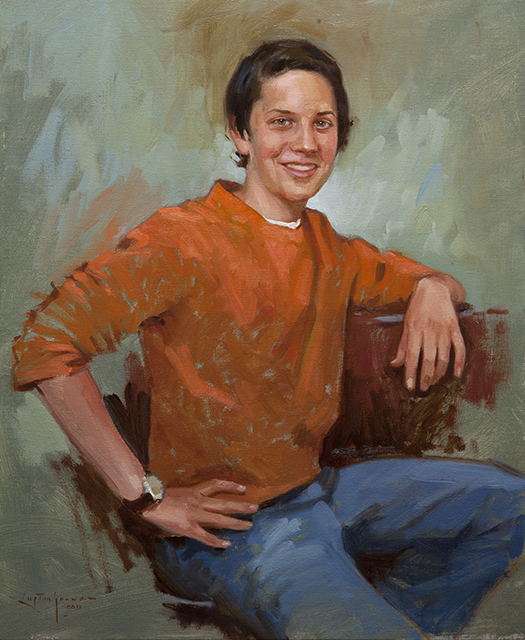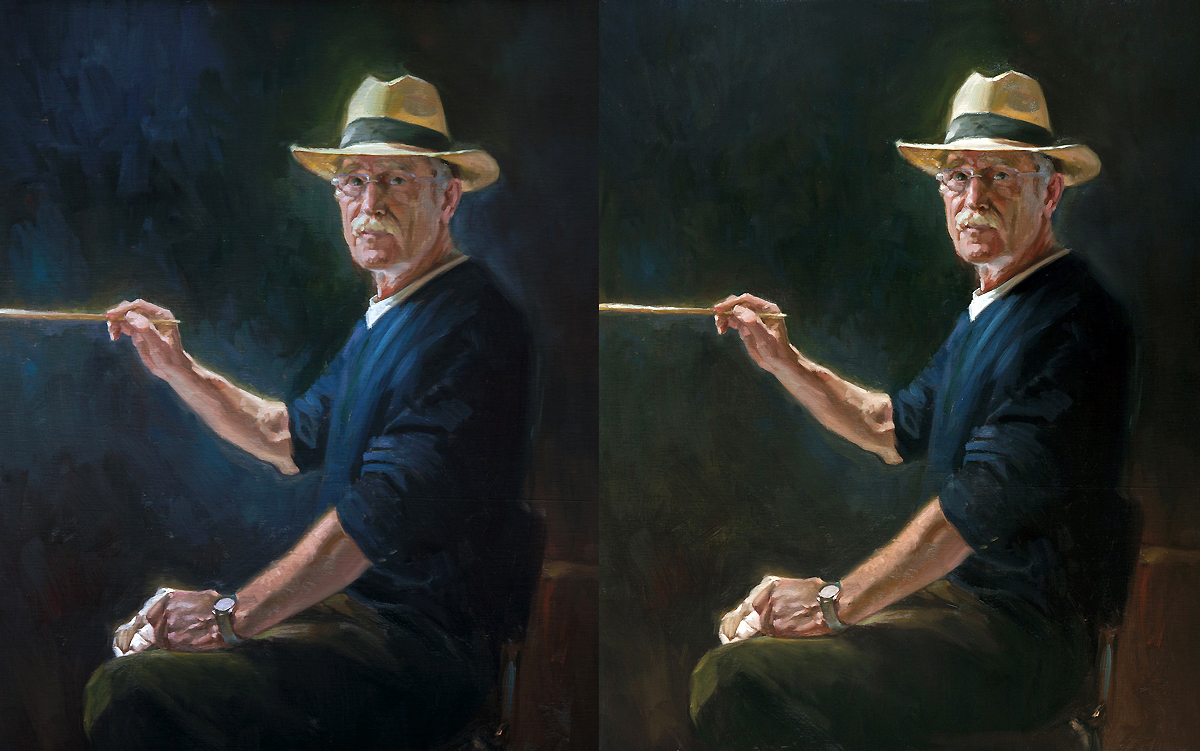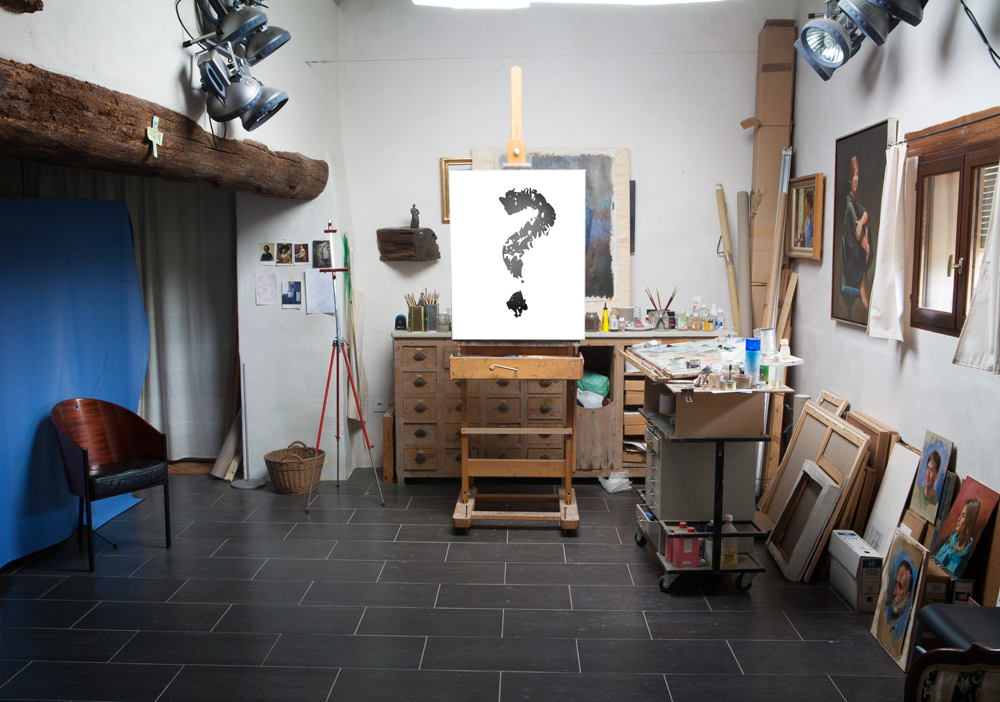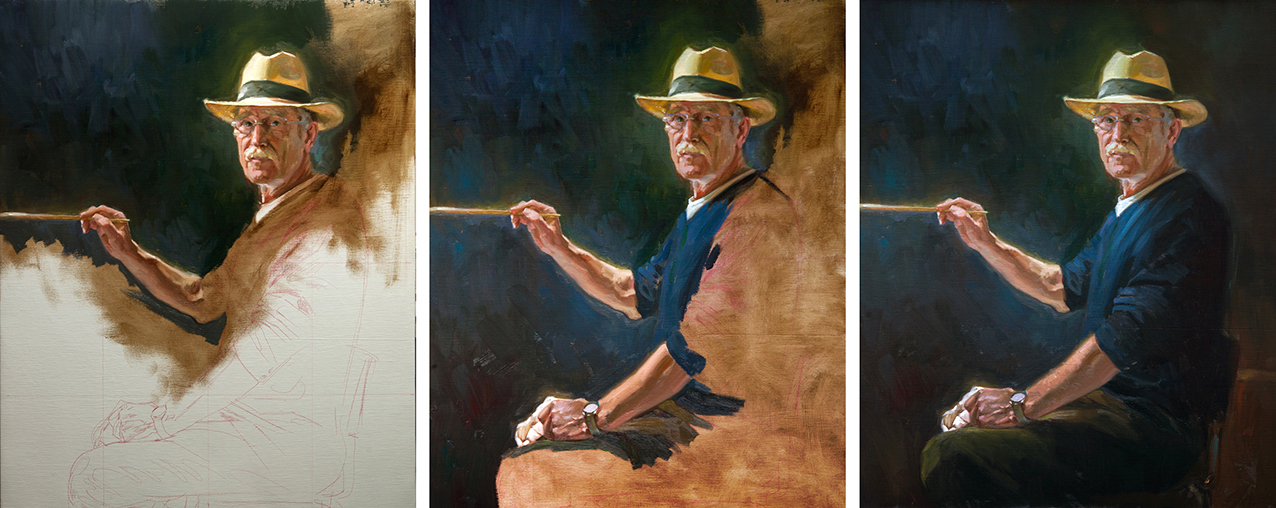Sometimes I see students paint with miserable brushes because of slackness or just stinginess. A Very Bad Habit!
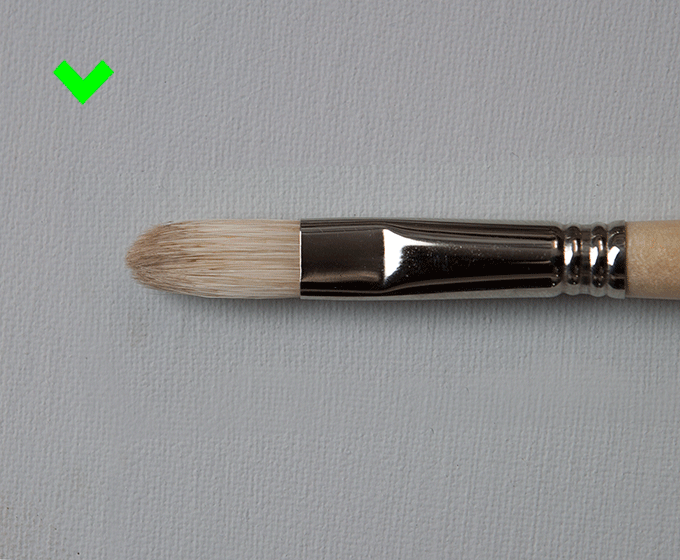
In my studio I have a brushes’ grave yard.
– Why not throw them all away?
– I can´t do that. They have served me faithfully.
– But they are far from being worn!
– No, but they are not good enough anymore.
Actually I should not think of a cemetery, let me call it a brushes retirement home. Sometimes I take some brushes out of that stock and I try them again, but I have to conclude that they are turned down for some reason.
What standards must a good brush meet?
- It must accurately lead paint on the canvas where the artist wants it.
- It must be able to bring sufficient paint onto the canvas.
- It should be shapeable, a paint brush must be able to cut like a knife.
- It must not scrape off paint.
Continue reading “Portrait painting lessons (3) about brushes”



